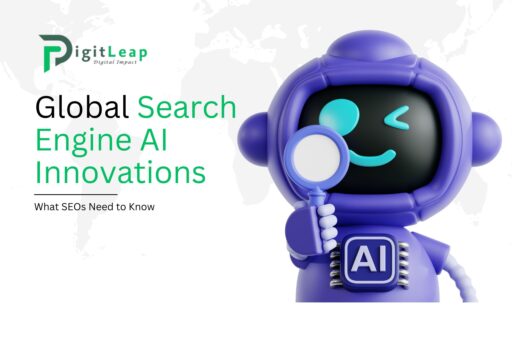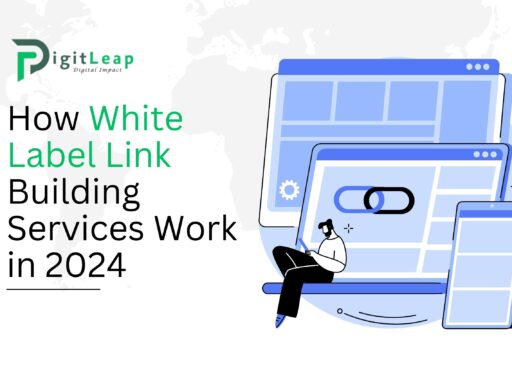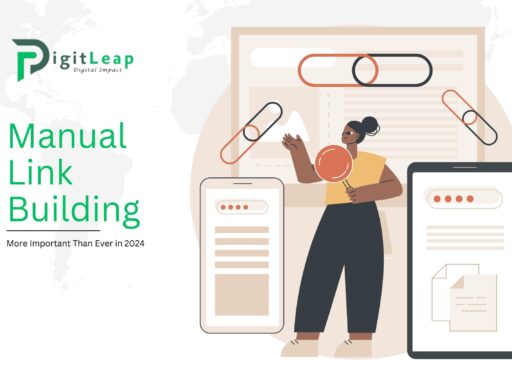Global Search Engine AI Innovations: What SEOs Need to Know
The world of search engine optimization (SEO) is constantly evolving, and one of the most significant drivers of change today is artificial intelligence (AI). Global search engines are incorporating AI at a rapid pace, transforming how search algorithms work and how businesses must adapt their strategies. For SEOs, keeping up with these AI innovations is crucial for staying competitive in a world where search is increasingly sophisticated and automated.
In this article, we’ll explore the key AI innovations that are shaping the future of global search engines and what SEOs need to know to stay ahead.
1. AI-Powered Search Algorithms
One of the most important AI innovations is the integration of machine learning into search algorithms. Google’s RankBrain, introduced in 2015, was one of the first examples of an AI-powered algorithm. Since then, Google has continued to develop AI models like BERT (Bidirectional Encoder Representations from Transformers) and MUM (Multitask Unified Model), which help the search engine better understand natural language and context.
These AI models allow search engines to:
- Interpret complex queries with greater accuracy
- Understand the intent behind searches rather than just focusing on keywords
- Deliver more relevant search results based on context, synonyms, and user behavior
For SEOs, this means that simply targeting specific keywords is no longer enough. It’s important to focus on creating high-quality, relevant content that satisfies the intent of the searcher. By providing valuable answers and solutions, your content is more likely to rank well under AI-powered algorithms.
2. Natural Language Processing (NLP)
Natural Language Processing (NLP) is a subset of AI that enables machines to understand and interpret human language. Google’s BERT and MUM models are prime examples of how NLP is changing the way search engines interpret queries. These advancements allow search engines to better understand conversational queries and longer, more complex questions.
As a result, SEOs must:
- Focus on user intent and conversational search phrases
- Optimize for long-tail keywords and question-based queries
- Ensure content is written in a natural, user-friendly tone
Instead of crafting content around rigid keywords, think about how users would ask a question verbally. With voice search becoming more popular, NLP will continue to play a huge role in how search engines interpret queries.
3. AI in Voice Search
Voice search has become a significant part of how people interact with search engines, especially with the rise of voice assistants like Amazon’s Alexa, Apple’s Siri, and Google Assistant. AI helps these platforms understand and process voice commands, offering results based on speech recognition and NLP.
For SEOs, optimizing for voice search means adapting content for a more conversational tone. People tend to phrase queries differently when speaking compared to typing. A typed query might be “best pizza near me,” while a voice search could be “Where can I get the best pizza nearby?”
To optimize for voice search:
- Include question-based phrases in your content
- Focus on local SEO to capture “near me” queries
- Structure your content to provide quick, concise answers to common questions
By understanding how voice search works and the role AI plays in it, SEOs can better position their content to capture this growing audience.
4. AI-Driven Personalization in Search Results
AI is increasingly being used to deliver personalized search results. Search engines now use machine learning to analyze user behavior—like previous searches, location, and browsing history—to customize the search experience.
This means that two people searching for the same thing might see different results, depending on their past interactions and preferences. For SEOs, this adds a new layer of complexity. Ranking number one for everyone may no longer be the goal. Instead, focusing on personalized content that appeals to specific user segments will be key.
Some ways to optimize for personalized search include:
- Creating user-specific content based on demographic or geographic factors
- Optimizing for local SEO, especially for businesses with physical locations
- Using schema markup and rich snippets to provide detailed, context-specific information that search engines can display in personalized ways
By focusing on personalization, SEOs can ensure their content reaches the right users at the right time, even in a search landscape where one-size-fits-all results are becoming less common.
5. AI and Visual Search
AI innovations are also transforming how visual search works. Visual search allows users to upload images or use their camera to search for products or information, and platforms like Google Lens and Pinterest are leading the way in this area.
AI-powered visual search engines can:
- Recognize objects within an image
- Identify products, landmarks, animals, and more
- Provide search results based on what’s visible in the image
For SEOs, visual search optimization involves:
- Using high-quality, descriptive images with relevant alt text
- Adding image sitemaps to help search engines crawl and index images
- Leveraging structured data and rich snippets to enhance the visibility of visual content
As visual search becomes more advanced, it’s essential to ensure that your images are optimized for both traditional and AI-driven search algorithms. This will help your content stand out as visual search continues to gain popularity.
6. The Role of AI in Predictive Search
Predictive search, where search engines attempt to anticipate a user’s next query, has grown more advanced thanks to AI. Google’s autocomplete feature, for instance, uses AI to predict what users might type next based on previous queries, trending searches, and individual user behavior.
As AI makes these predictions more accurate, SEOs should focus on:
- Optimizing for related searches and query suggestions
- Understanding what questions or topics naturally follow from a user’s original query
- Creating content that addresses multiple, interconnected search intents
By optimizing for predictive search, you can capture users earlier in the search process and ensure your content is visible at key stages of the user’s journey.
7. AI and Rank Tracking
AI has even influenced the tools SEOs use to track rankings. Traditional rank tracking tools provide insights into where a website ranks for a particular keyword, but AI-driven tools now offer predictive analytics. These tools can anticipate how rankings might change based on algorithm updates, content improvements, or changes in user behavior.
For SEOs, this means adopting AI-driven tools can provide a competitive edge by allowing for more proactive SEO strategies. You’ll be able to anticipate changes and adjust your optimization efforts before your rankings suffer.
Conclusion
Artificial intelligence is revolutionizing the way global search engines operate, and SEOs must adapt to these changes to stay competitive. From AI-powered algorithms to voice and visual search, AI is reshaping every aspect of how search engines deliver results. By focusing on user intent, optimizing for conversational queries, and embracing the power of personalized and predictive search, SEOs can ensure they remain ahead of the curve.
At DigitLeap, we understand the challenges and opportunities presented by AI in search. Our team specializes in helping businesses navigate the complexities of modern SEO, using cutting-edge tools and strategies to ensure your brand stays visible and relevant in an ever-evolving search landscape. Let us help you scale your search efforts globally with innovative AI-driven techniques.
FAQs
Q.1 What is the role of AI in search engine algorithms?
AI helps search engines interpret complex queries, understand user intent, and deliver more relevant search results by analyzing context, language, and behavior.
Q.2 How does voice search impact SEO?
Voice search, driven by AI, requires SEOs to focus on conversational queries and optimize for natural language, as users phrase questions differently when speaking compared to typing.
Q.3 What is visual search, and how can SEOs optimize for it?
Visual search allows users to search using images. SEOs can optimize by using high-quality images, adding alt text, and using structured data to ensure search engines can understand and index the visual content.
Q.4 How does AI contribute to personalized search results?
AI analyzes user behavior and preferences to deliver personalized search results, meaning SEOs need to create more user-specific and locally optimized content.
Q.5 What is predictive search, and how does it influence SEO?
Predictive search uses AI to anticipate users’ next queries, allowing SEOs to optimize for related searches and capture users earlier in their search journey.






